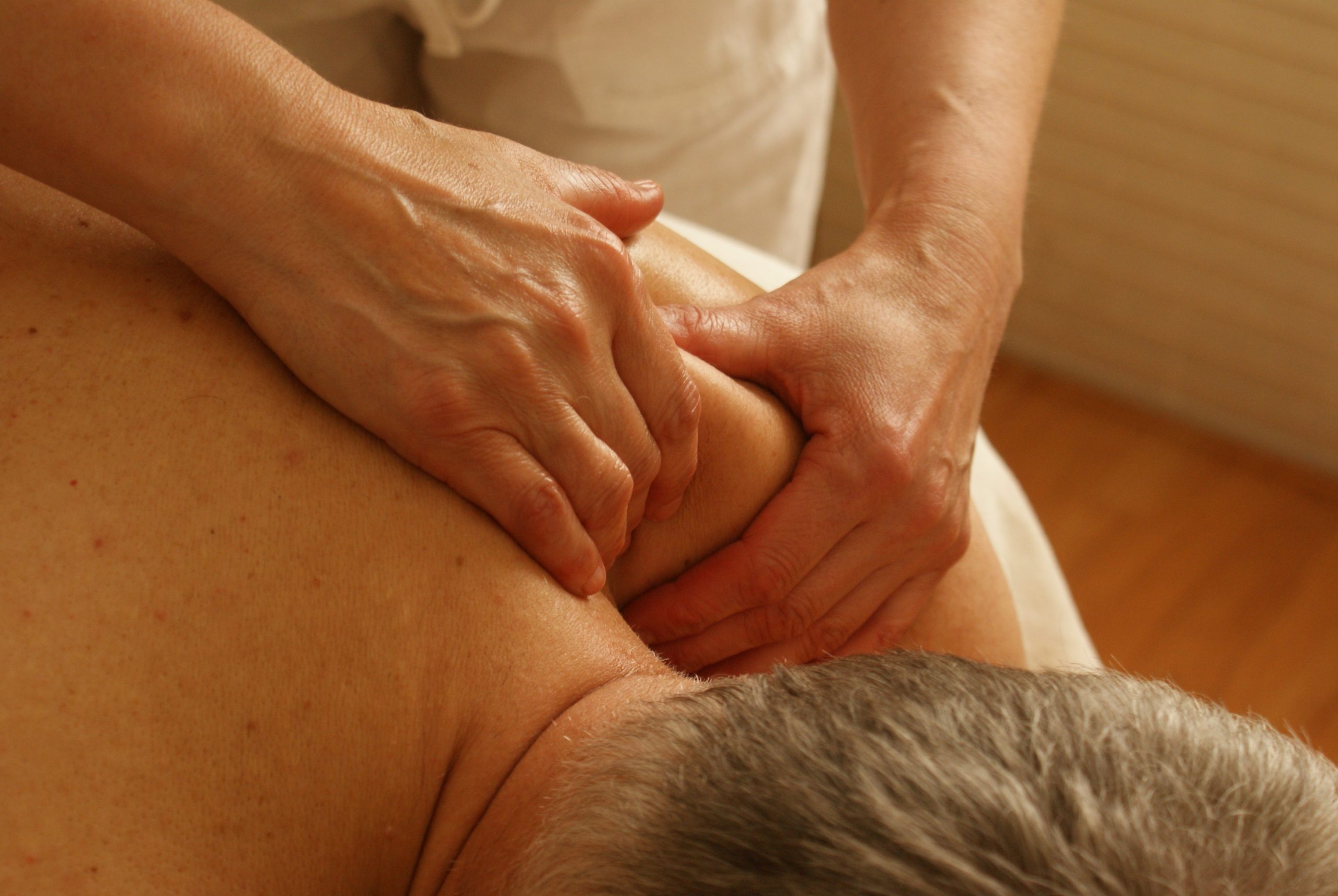
24 Apr What Causes Muscle Tightness, and how to fix it!
That niggling discomfort and stiffness when you’re moving around might be as simple as muscle tightness. Muscle tightness can occur from being physically active, from lounging around the house, or as a result of experiencing pain.
We’ve all experienced muscle tightness, but did you know that there’s actually 2 mechanisms that contribute to it?
- The muscle’s contract / relax mechanism can become fatigued, resulting in cramping and discomfort.
- The outer part of a muscle (called fascia) can become quite strong and tight – restricting full movement.
Poor posture and lack of activity can contribute to muscle tightness. Long periods of sitting at your computer, driving, or simply lounging about, all stop the muscle from doing what it does best – moving! When we don’t move enough, or have habitual poor posture, our muscles remain switched on (contracted), which creates lactic acid within the muscle. This lactic acid builds up, pooling to cause localised pain and muscle guarding.
Our innate response to pain is to protect ourselves! Our body knows that if we don’t move a painful area, it won’t hurt as much – so we get stuck in a cycle of not moving enough… causing more tightness… feeling more pain… and moving even less.
So what can be done to help?
In the first instance, we recommend regular massage to release tight muscles. Massage has a plethora of benefits, including:
- Reducing localised tight knots (trigger points) within a muscle that can contribute to pain (helping to decrease overall pain)
- Improving local circulation of the fluids that accumulate in the space between muscles (the lymph flow), to reduce swelling and improve overall health and wellbeing
- Reducing whole-muscle tightness to allow for improved blood flow; bringing fresh nutrients and removing toxins (which can help to reduce inflammation)
- Changing the messages sent into the nervous system, particularly the emotional centre (the limbic system), which subsequently reduces a person’s emotional anxiety.
If that still doesn’t help…
In the unlikely event that massage doesn’t assist, it is possible that there is an underlying and significant issue which is causing the pain. In these cases, a phase that can be used is ‘it’s the victim that cries out while the criminal remains silent’ (i.e. the tight muscle is just the symptom, not the cause). In these situations, it may be another area of the body that is pulling on or compressing the painful muscle. Other considerations may include tight joints, or weak muscles that might be struggling to cope with daily demands.
When any of these situations occur, the massage therapist is likely to recommend a review with a physiotherapist to assess what is needed to provide sustained relief of the affected body part.
The moral of the story:
Muscle pain can affect any of us, but (in most cases) it can be easily resolved through early intervention. Why not schedule some time-out into your busy schedule to enjoy a massage… your tight muscles will thank you for it!


Call: (02) 6674 4142